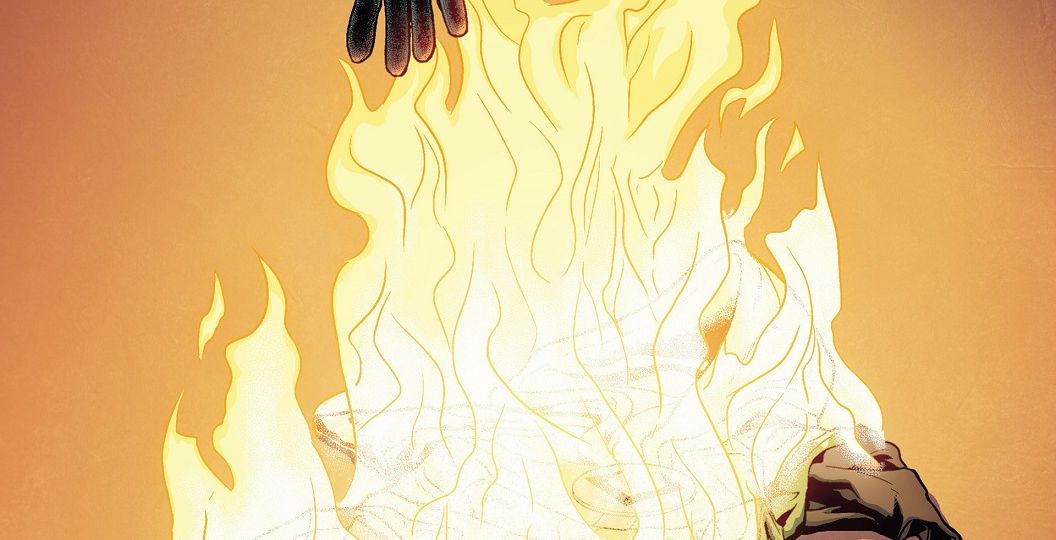
Change is one of the biggest buzzwords in comics, and “changing the status quo” is an even bigger buzz-phrase. The comics community is not as accepting of change as say, a music fan is of a band’s sound. The music fan may not like the band’s new sound, but they’ll certainly live to accept that it exists and that they have to put up with it. This works as a direct opposition amongst the prototypical comic book reader, who isn’t as accepting of the change and will drop the book just as quickly as they would drop a bad habit. Yet change has become something cyclical. The changing of the status quo is just an inevitable recycling of a status quo that happened before the first status quo change. Eventually it just becomes tiring. Many comic writers are guilty of this, but not all of them. Some are actively trying to change it to something new. This is what Kieron Gillen is doing in Young Avengers #11. Changing the status quo to something new.
What I am talking about (spoilers for those who haven’t read it yet) is the transformation of not-Kid Loki (basically the original Loki in Kid Loki’s body, with Kid Loki’s spirit haunting it – read Gillen’s run on Journey into Mystery for further information) into a teenaged-version of Loki. This is a change of relative newness. It doesn’t seem new but there are aspects of it that are new. It fits into the thematic stylings of Young Avengers as a whole i.e. young people doing young people things. The new Loki feels entrenched in the culture the book is built on: bishounen-looking people obsessed with websites, taking photos, and music. Young Avengers is the comic book equivalent of a Chuck Klosterman book with a hipster-ized angle.
The change is being brought forth for the upcoming Loki: Agent of Asgard series by Al Ewing, and already the Marvel fandom is upset by this, calling it “unnecessary change for the sake of change” but shouldn’t that be what comics are all about? Young Avengers exists as a progressive ever-changing counter to the stagnant quota of Marvel, being almost exclusively steeped in hero vs. hero drama since Civil War (or even before that). Young Avengers bucks that trend entirely. Its primary focus seems to be change. The plot changes, the twists have twists, character sexuality is not what it seems, etc. Nothing about the book is stagnant. As a single issue, #11 fulfills all of these requirements but never feels stuck in a loop. It’s refreshingly fresh for a superhero story. Coupled with McKelvie’s semi-realistic pop-art experimentation and you have a masterpiece[1] of a story.
Young Avengers #11 may seem like “unnecessary change for the sake of change” to most comic book readers but if you think about, change is very necessary. Sure if a story is working then there is no need to change it but look at a change as a refresher. It keeps the story from falling in a cyclical loop of average stories. So, if the status quo isn’t broken, go ahead and fix it anyways. It might just surprise you.
[1] McKelvie’s art is absolutely stunning, and I wish I could’ve talked more about it but I wanted to make a point in this as a review. His art reminds me a lot of band posters, in the way that band posters feature the same sort of character design where it looks cartoonish but kind of hipsterish without being pretentious. The characters look pretty realistic but not to the point where it brings things to realism. Basically it’s escapism without being too escapist. And it looks like band posters.













